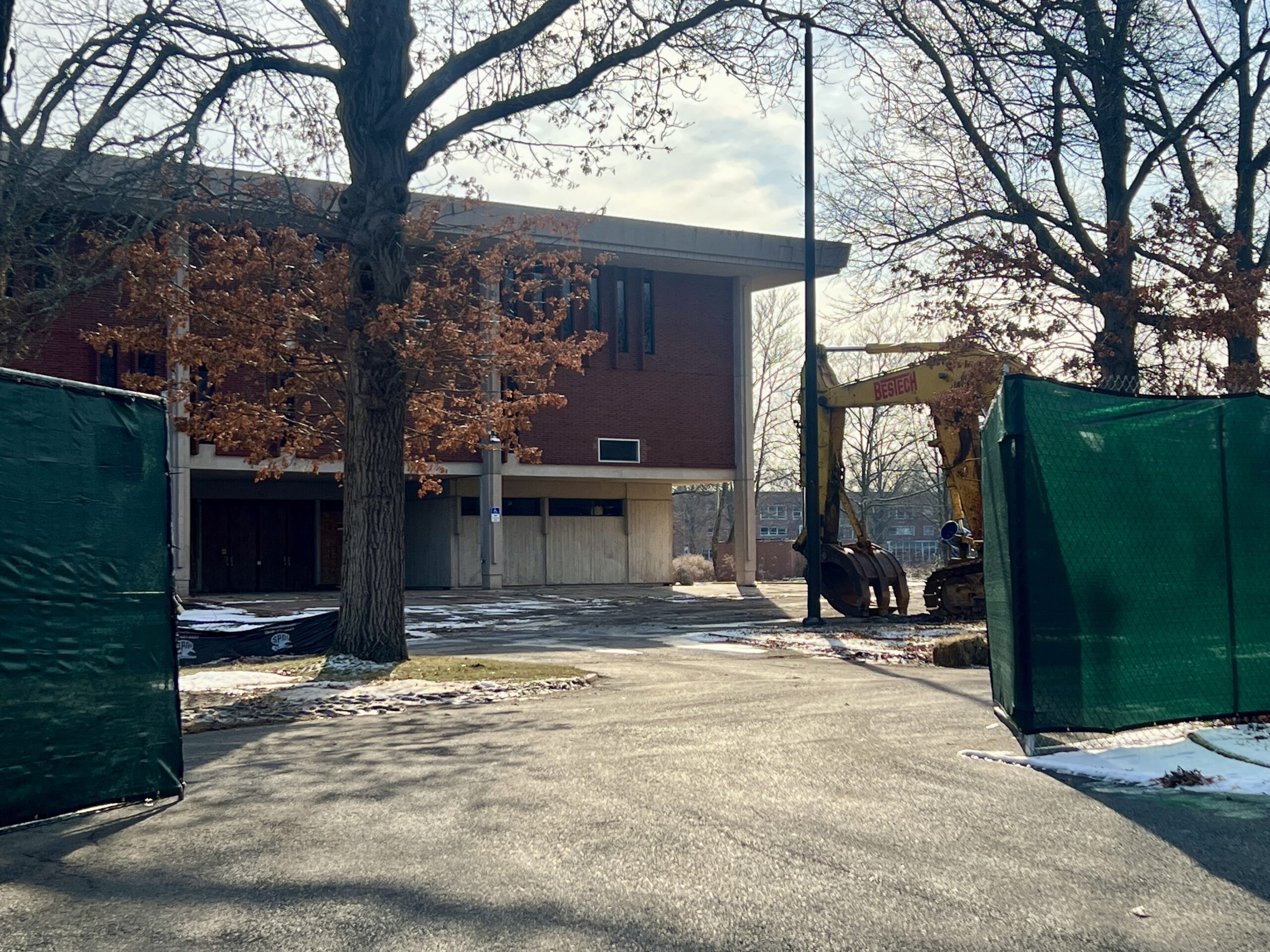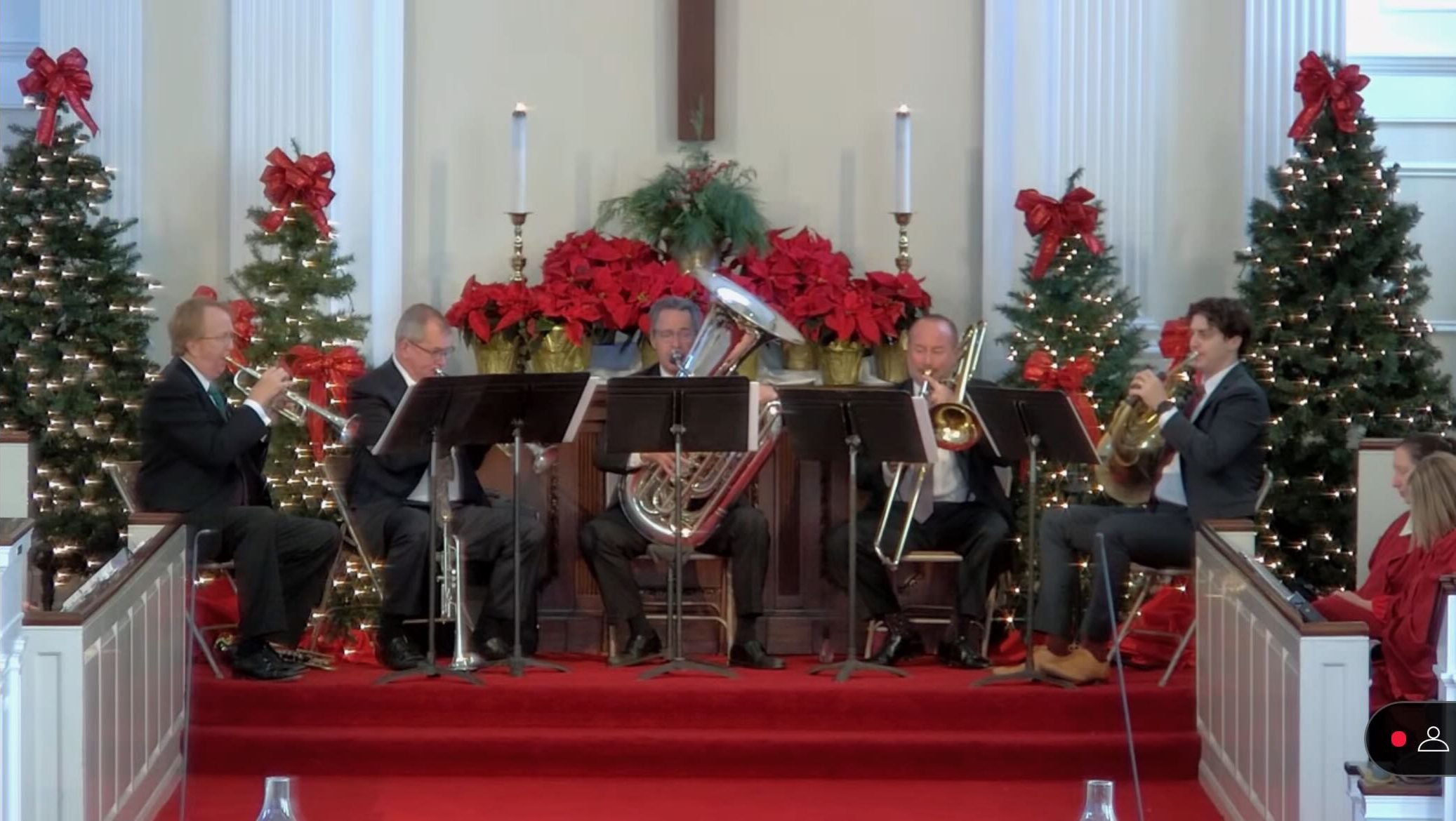College Bound: College Costs

Audio By Carbonatix

Adrienne Leinwand Maslin. Courtesy photo
We-Ha.com will be publishing a series of essays/blogs/reflections on the issue of going to college – primarily a set of thoughts and musings, along with some practical advice, intended to support students and parents as they embark on this journey. While many of our readers are experts in this topic, many others are less knowledgeable and have little outside support. We hope this is helpful to all readers as they go through the various stages of getting into and getting something out of college.
By Adrienne Leinwand Maslin
We have been reading for many years about the amount of student debt that many new college graduates face and the repercussions – such as delayed marriage, home buying, and childbearing – that result from this debt. So for this post, we’re going to talk about college cost.
I’m not a financial aid expert and for specific questions it is important to talk to the financial aid specialists at the colleges you are interested in. But college costs and financial aid are confusing issues and when I was working I realized there was considerable misunderstanding about some general issues dealing with cost. So, this is a brief intro to the subject of college costs and an attempt to address some of the basic questions you may have.
When it comes to cost, there is a general hierarchy. Community colleges, which are usually state supported, are the least expensive. We are fortunate to have 12 community colleges spread throughout Connecticut. This is followed by state colleges and universities. Many states, such as ours, have multiple state universities or “systems” of state universities. We have the Connecticut State Universities, which include Eastern, Southern, Central, and Western Connecticut State University; and then we have the University of Connecticut. The latter is considered the “flagship” university of the state and is separate and apart from the Connecticut State Universities.
In our state, the Connecticut State Universities are less expensive to attend than the University of Connecticut. Private institutions, whether a small liberal arts college or a large university, are typically the most expensive. If you are considering attending a state university in a state other than your home state, you will pay a higher tuition rate than in-state students. At some state universities the out-of-state costs are equal to those of a private college.
First, let’s take a look at some terminology. Tuition is the amount of money a student pays for instruction. It is generally based on the number of credits a student registers for and, at some colleges, the specific classes a student takes, although every college and university is different. At many, a full-time student will pay a fixed amount to take anywhere from 12 to 18 credit hours. Beyond that number of credit hours, there is often an additional tuition charge. Below 12 credit hours, a student is usually considered to be part-time and is billed for the exact number of credit hours they are registered for. Some courses, such as studio art classes or lab science classes, have additional charges – often called fees (see below) – associated with them to help pay for the extra equipment, supplies, and staff needed to run such courses.
Fees are charged to cover additional services that a college provides. Fees go to support the technology services provided by a college, athletic facilities, student activities, library services, medical services, and sometimes others, depending on the college.
Room and board are what you would expect: the cost of living in a residence hall, which may or may not be required of students, and the cost of eating in the dining hall which also may or may not be required. Many private colleges and universities do require first-year students to live on campus and purchase a meal plan for use in the dining halls and, certainly, if you are going any distance to college you will most likely want to do this anyway.
I’ve created a very simple table to help you understand college costs by comparing tuition, fees, and housing costs for several colleges and universities in our state and one out-of-state university for comparison.
| Cost of Attendance 2021-2022 (except UVM: 2022-2023) | Tuition/Year | Fee/Year | Housing and Meals/Year |
| Connecticut Community Colleges | $3,984.00 | $492.00 | NA |
| Central Connecticut State University | $6,162.00 | $5,340.00 | $12,716.00 |
| University of Connecticut | $15,030.00 | $3,494.00 | $13,258.00 |
| Wesleyan University* | $61,449.00 | $300.00 | $17,531.00 |
| Yale University* | $59,950.00 | $125.00 | $17,800.00 |
| University of Vermont for out-of state students | $41,280.00 | $2,610.00 | $13,354.00 |
*Wesleyan’s housing and meal figure includes additional residential fees. Yale’s tuition figure includes all fees except for the $125 student activities fee.
It’s important to remember that there are other costs associated with college attendance that are not included in the table above. Students will have to purchase books; other office supplies such as notebooks, pens, a stapler, paper clips; most will want to have a laptop computer although colleges usually have computer banks where students can access a computer on campus; students will need to cover transportation costs; and most will want a bit of spending money.
Read the information on cost of attendance very carefully. As the table above demonstrates, colleges display their information in different ways. Some lump fees together with tuition or with housing costs as is the case with Yale and Wesleyan. Some, like UVM, have already posted their 2022-2023 costs while the others still have current year costs up on their websites. Most important, however, don’t let the “sticker price,” the price quoted on the website, deter you, and don’t assume that a college is prohibitively costly until you’ve done some research into financial aid. Institutions that seem out of your price range frequently offer generous financial aid awards that include a variety of scholarships, grants, and institutional aid in addition to loans.
Now for more terminology. Scholarships and grants are “free” money. That is, they do not have to be paid back, unlike loans. Grants are typically awarded by the federal or state government based on financial need whereas scholarships are customarily awarded by the college or university or a private organization or association and are based on academic merit.
Scholarships often have strings attached such as requiring the student to maintain a particular grade point average or major in a specific academic discipline. Some scholarships are named. A college may award a scholarship in the name of the person who donated the funds for the scholarship. Colleges may also award some scholarships with more general names like “The Faculty Scholarship(s)” or “The Board of Trustees Scholarship(s).” Many colleges require students to apply for scholarships either by submitting a separate application or by checking a box on the admissions application saying you wish to be considered for one. So, don’t forget to read the fine print on the application and on the website so you don’t inadvertently pass up an opportunity to apply.
Another practice employed by colleges is something called “tuition discounting.” That is, in order to lure particular students or groups of students – those with high GPAs or SAT scores whom they think may go elsewhere – the college may offer those students a “discount” of several thousand dollars per semester, often in the guise of a scholarship such as the general ones I mentioned above, provided that a certain GPA is maintained over the course of the student’s time at that college. It can be quite a heady surprise to learn in your acceptance email that you were also awarded a “Presidential Scholarship” in the amount of $10,000 per year!
A loan is the form of financial aid that needs to be repaid – either to the federal government or a private lender.
The last form of financial aid is work study. Work study is a campus job that allows students to earn money as they go to school. Colleges rely on student workers to help in many ways; they work in various administrative offices by serving as receptionists, working as campus tour guides for the Admissions Office, assisting with food preparation in dining halls, supervising towel distribution and facility reservations in the gym, etc. One thing to know about campus work study: it’s a terrific way to get to know someone on campus who is in a supervisory position. That person is someone you may be able to turn to for unofficial advice or assistance should you experience a rough patch, as many students do. Of course, it’s always important to get official answers to questions from the staff of the various offices you will come into contact with. But, work study supervisors can often pave the way for you if you have a difficult issue to contend with.
The Free Application for Federal Student Aid, FAFSA, is the required form for applying for Federal financial aid. The Federal government has a website for all things FAFSA: www.FAFSA.gov. You can also use www.student aid.gov. Both take you to the same place. Be aware that there are some other websites out there from which you can also access the FAFSA and these websites may charge you a fee. There should be NO fee for filing the FAFSA. In order to ensure that you do not pay a fee, go to the government’s official website. The website will indicate in small letters on the upper left that it is an official website of the United States government. This is the site you want.
Until you complete a FAFSA you will not know if you qualify for any kind of financial aid so it’s always to your benefit to complete it. Completing a FAFSA has become easier in recent years but you will need your or your parents’ income tax information. Keeping a copy of your tax returns handy will be helpful when it comes time to fill out the FAFSA.
All college websites are required to have a net price calculator which allows students and families to put in certain financial information and get a sense of what they will have to pay in college costs at that college. It is a useful tool although some are more complicated than others. And, as is always the case with college websites, the net price calculator can be found under a variety of headings, usually on the admissions and financial aid pages of the website. If you have trouble finding it, your best bet might to do a search on the college website; it should pop right up.
Contemplating the cost of a college education is distressing for many. And, many have questioned whether the exorbitant costs of a college education are worth it. I think it is. As I’ve tried to explain above, there are many ways to make college more affordable; it just takes some effort. And keep in mind that over a lifetime, your earnings will increase significantly with the attainment of a bachelor’s degree.
Adrienne Leinwand Maslin recently retired from a 45-year career in higher education administration. She has worked at public and private institutions, urban and rural, large and small, and two-year and four-year, and is Dean Emerita at Middlesex Community College. She has held positions in admissions, affirmative action, president’s office, human resources, academic affairs, and student affairs. Maslin has a BA from the University of Vermont, an MEd from Boston University, and a PhD from the University of Oregon. She is presently creating a TV/web-based series on life skills and social issues for 9-12 year olds believing that the more familiar youngsters are with important social issues the easier their transition to college and adulthood will be. Information about this series as well as contact information can be found at www.shesroxanne.com.
Like what you see here? Click here to subscribe to We-Ha’s newsletter so you’ll always be in the know about what’s happening in West Hartford! Click the blue button below to become a supporter of We-Ha.com and our efforts to continue producing quality journalism.



